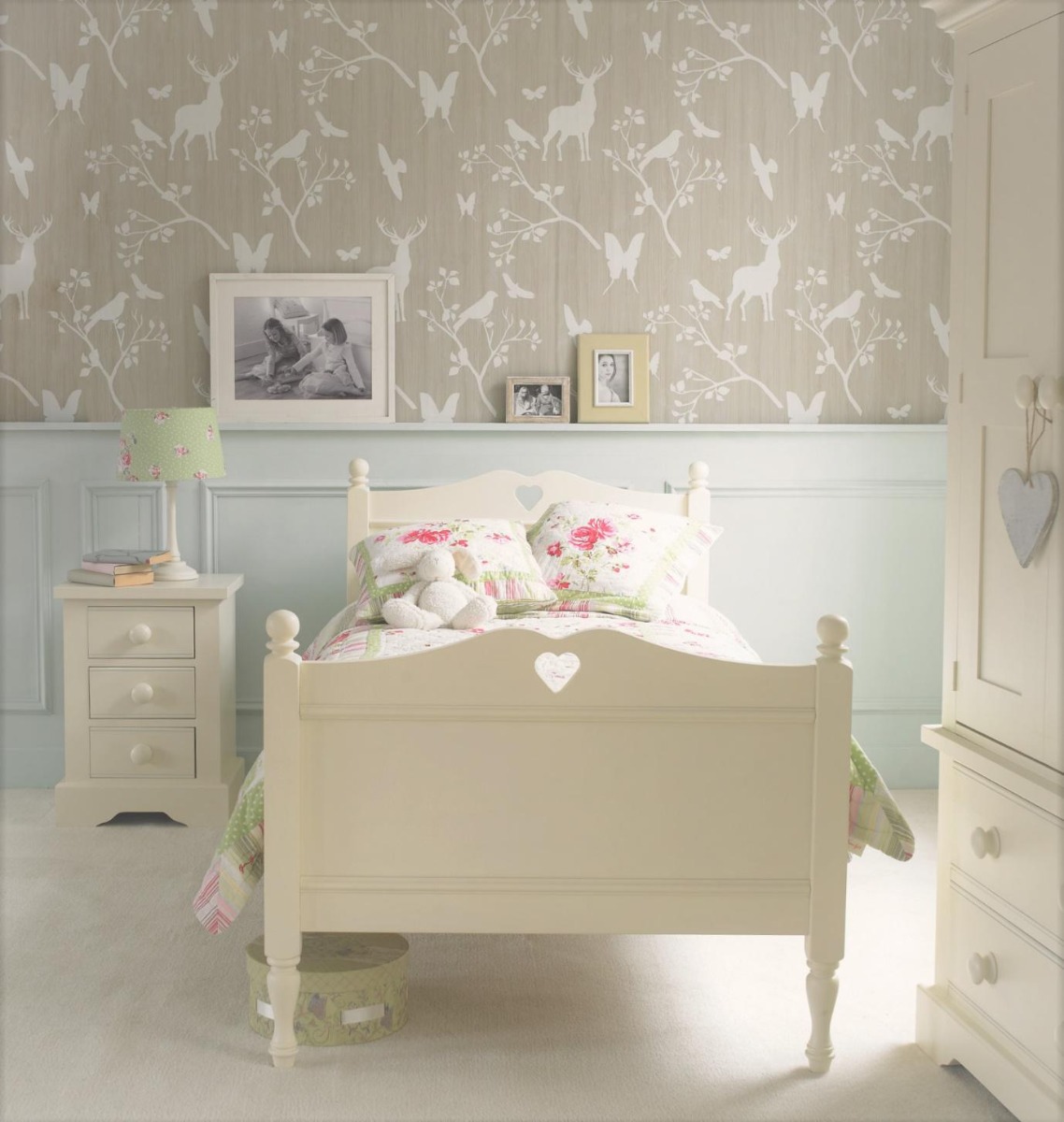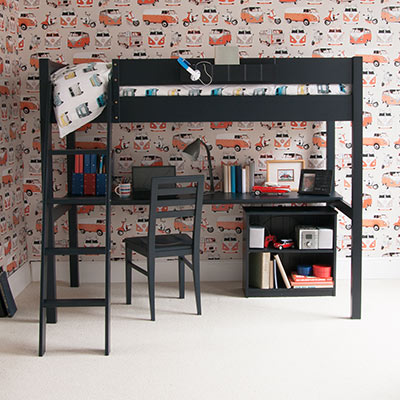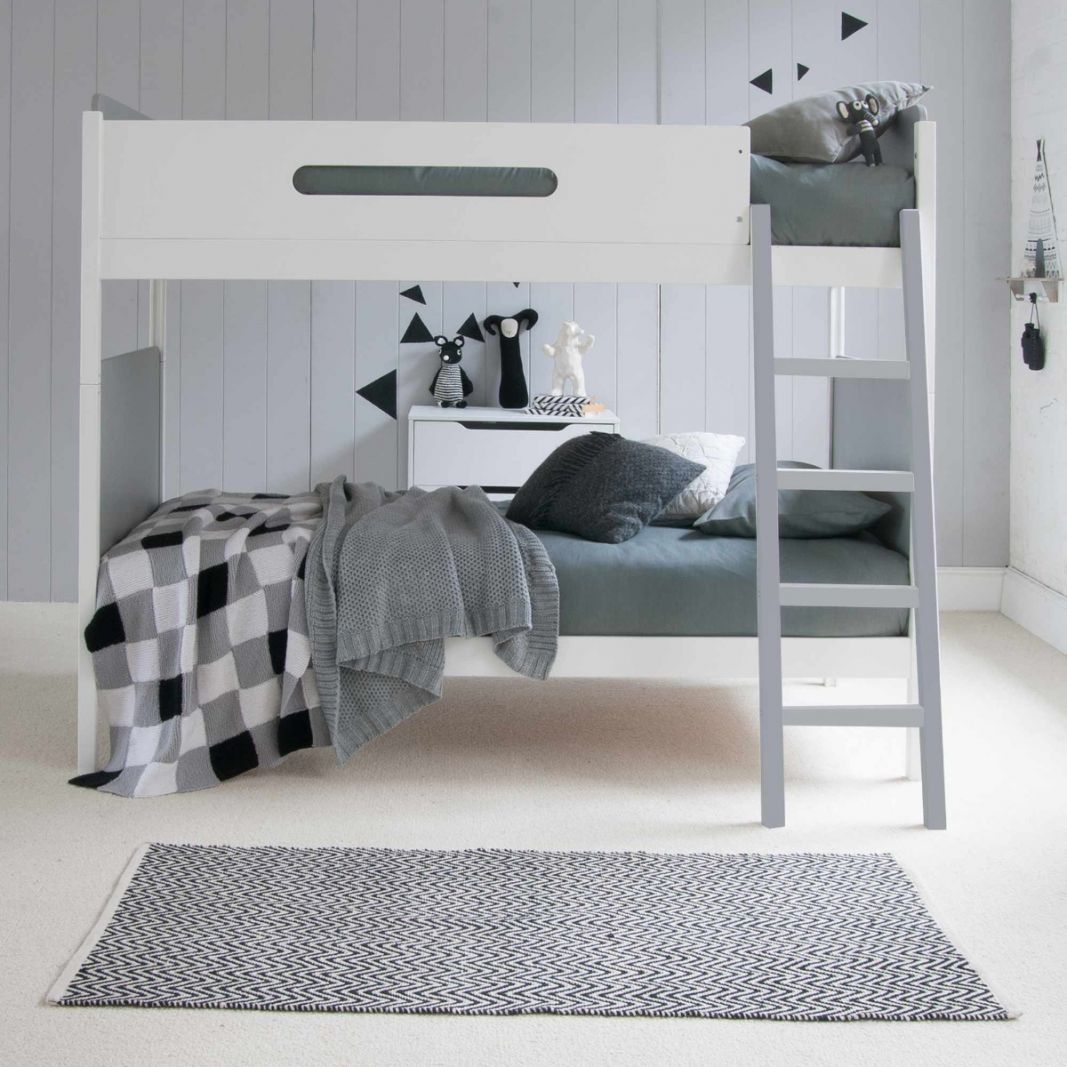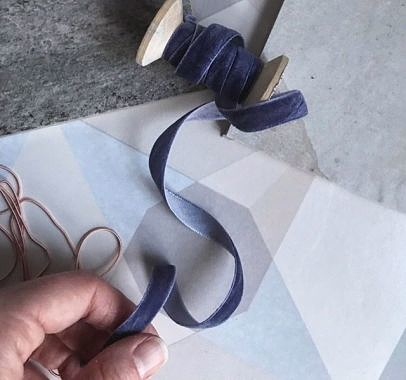With over 25 years’ experience designing beds for little ones, we’ve learned a few tips and tricks along the way when it comes to designing children’s rooms.
Re-designing your child’s room can feel like a daunting task when first starting out; will they still like the colour scheme in a year’s time? What happens if they hate mermaids next week? How do we decide what bed to choose?
One of the key things that we would advise, is to break the task down in to manageable chunks.
So, we thought we’d produce a handy tick list for those of you who may need a little helping hand when it comes to designing your kids’ room …
How much should it cost?
Have an idea of your total budget, and break it down into three sections:
Furniture (arguably the most important part; this includes the bed and any bedroom furniture that they may need),
Decoration (paint. wallpaper, stickers, flooring, etc)
Accessories (the finishing touches).
Allocate the budget spread as you see fit, though it is worth bearing in mind that you will probably pay a little bit more for higher quality solid hardwood beds than cheaper pine ones, for the simple reason that they will last a lot longer and are far more durable.
What does their room need to be?
Sounds like a silly question, and the most obvious answer here, is ‘why a bedroom, of course!’ However, nowadays kids rooms are designed for a variety of uses, including chill out zones (perhaps a nifty daybed could be in order), sleepovers (pull out space saving trundles are fabulous sleepover saviours), and study (all of that revising needs to happen somewhere, so it may as well be on a handy desk made just for children).
Answering this question will prepare you for the all important one …
What style of bed do they need?
Broadly speaking, there are a variety of children’s bed styles out there, including: single beds, double beds, storage beds (ones with clever pull out trundles and drawers), midsleeper/cabin beds (those with clever furniture that slots underneath the raised bed), high sleeper/loft beds (like a top bunk bed but with furniture underneath instead of a lower bunk) and bunk beds.
The main thing to check once you’ve selected the preferred bed type, is that they’re created using high quality materials, and adhere to safety standards. – Just call up the retailer and ask the question.
For traditionally designed bedrooms, high quality single beds and double beds are a good choice. Never to go out of fashion, they’re also great for using in the guest room once the little one’s finished with it!

Many children’s single and double beds have the ability to roll a trundle drawer or bed underneath (just check the dimensions before ordering as they can vary).
Mid sleeper/Cabin beds are clever mid height beds. They can either come with integrated furniture underneath, or furniture that can be moved about and configured in a number of ways to suit the space. These beds are perfect for compact spaces and attic conversions, and are a great compromise if you don’t have the ceiling height for a high sleeper.

High sleeper/loft beds are the ultimate in multifunctional beds. Kids love them as they get to sleep in the stars, and parents love them because all the rest of their stuff can fit underneath, leaving the rest of the room free. A great option for a small room, or indeed a large one, our high sleeper bed options range from sleepover, to lounging, to study and storage, and the best part is that none of the furniture below is fixed, and so can be moved into other locations wherever needed.

Bunk beds are the ultimate solution for sharing siblings. - Top tip: Check that they split down into two single beds as well (all of ours do), as they make perfect guest room beds too!

What type of flooring is best?
Many parents opt for carpets in children’s rooms due to the cosiness and softness. Carpets are a great option as they also provide sound insulation for bedrooms that are upstairs.
If you are selecting a mid sleeper with clever roll around furniture that sits on castors, then hardwoods could be a good option if you plan on changing up the layout from time to time, simply because the furniture will be easier to move.
What themes are good for kid’s rooms?
We always suggest to start off with being inspired by the little one’s personality, and work from there, however, it’s always a good plan of attack to break up the theme with other elements, as otherwise you may find that they grow out of the whole room very quickly.
Here’s how:
Once the theme is chosen, work out the colour palette, and from there, select a few key items such as rugs, curtains, and cushions that can be solid colour and pull the room together. This also means that they can be used again when the theme inevitably changes in a few years’ time.
What colours are good for children’s rooms?
Colour is such a subjective thing, and in our view, there is no good or bad colour for kids’ rooms. If, however, your little one is prone to changing their mind fairly frequently, then it may be a good idea to go for neutral walls (try Elephant’s breath by Farrow & Ball, or for a 2019 trend hit, Spiced Honey by Dulux), and add hits of colour through wall art, lights and bunting.
For more colour inspiration in children's rooms, have a read of our blog all about Colour in kid's rooms.
Last, but certainly not least; get your child involved! let them help by creating a mood board or vision board of all their favourite things. If they are a part of the planning for their room, they’re more likely to enjoy the room once it’s finished, look after and hopefully clean it too (we can but dream!)
For more expert tips on styling and planning your children’s room updates, contact us on 01985 300588.
Happy styling!




Comments